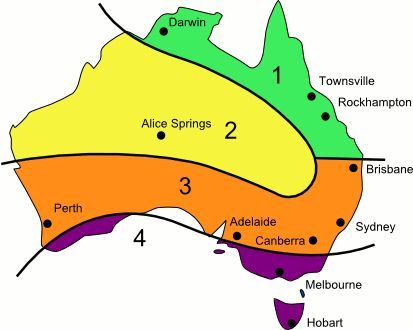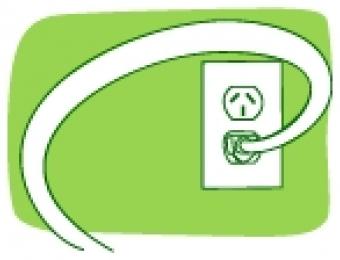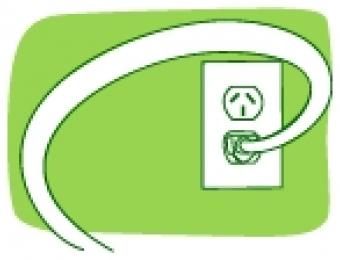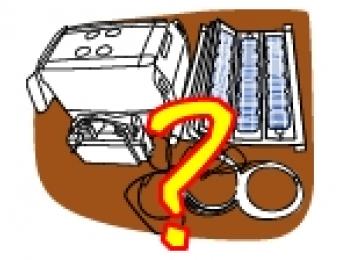
Solar, wind and other renewables are not always cheap to install, and for that reason the initial cost's a bit out of reach for many people. To help lower the cost barrier and encourage people to take up solar panels or a wind turbine at home, both federal and state governments offer financial incentives in the form of rebates and payback schemes to soften the blow.
If you're interested in installing a solar photovoltaic (PV) system or wind turbine, find out exactly what you're eligible for. These financial incentives will make a big difference to the overall cost of your system, and to how long it'll take for your system to pay for itself.
What are STCs and RECs?
STCs (Small-scale Technology Certificates) are a type of REC (Renewable Energy Certificate) rebate offered by the federal government for various renewable energy measures, including installing home solar and wind energy systems. The amount you receive depends on two things:
- the efficiency of the system you’re installing and
- the climate zone you live in.
STCs are a little like an environmental currency. One STC is equal to one megawatt hour (MWh) of power saved. Other parties purchase STCs as a means of offsetting their excessive electricity usage. The value of an STC fluctuates depending on market forces, and can change daily.
To exchange STCs for cash, you can go through an agent to trade them on the market, go through your system retailer and trade the STCs as a discount on your purchase, or you can hold onto them and claim them yourself.
Is it worth buying and selling my own STCs?
Claiming your own STCs is a difficult and time consuming process - and often the change in market value isn't worth the time invested with processing the claim yourself. In most cases, the amount of STCs due to you are simply taken as a discount off the price of the system, keeping the whole process relatively uncomplicated. Installers and retailers can then deal in volumes of STCs to get the best prices.
Since STCs are awarded partly based on climate, the same sized solar power system may receive less STCs in Zone 4 (Melbourne/Hobart) than in Zone 2 (Darwin). This is because of the amount of available sunshine; a Zone 4 system will generate less renewable energy than a Zone 2 system.
STCs can also be claimed for wind power systems based on the projected amount of power they will be able to generate over time. Again, the easiest way to claim these is typically by assigning the STCs to your supplier and receiving them back as a discount off the system. STCs are available for renewable energy kits installed in both new and existing homes.
Solar credits
Solar Credits only apply to solar power systems, and are designed to provide an initial boost to the amount of STCs you can claim. These extra credits only apply to the first 1.5kW of system capacity, so if your system is larger than 1.5kW, you will receive Solar Credits plus an additional STC for every one megawatt hour of electricity you can generate.
Solar Credits work on a multiplier scheme, based on when you install your solar system. On 5 May 2011, the Australian Government announced that the Solar Credits multiplier would be reduced to three for small-scale systems (like the ones used in most homes) installed from 1 July 2011. The multiplier will reduce by one each year until the multiplier is phased out by 1 July 2013, reflecting a reduction in the costs of solar power technology.





